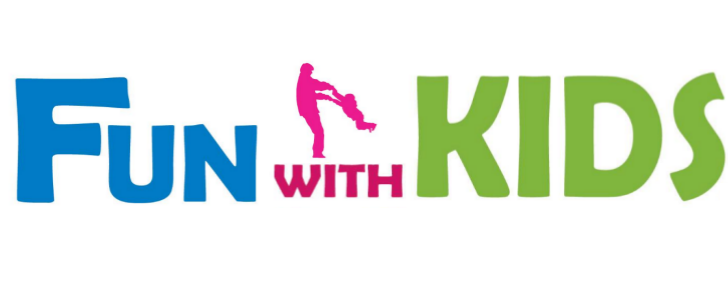Parents have a direct influence on the learning outcomes of their children. Studies have found out that a stimulating and supportive home environment has a large and lasting impact on a child’s school performance.
But how can parents create a stimulating learning environment? An elementary aspect is that parents have to be aware of their role model function. For example, if a child sees its parents reading frequently or the parents often read books to their child, the child’s interest in books and in reading will increase automatically. Furthermore, it is important to combine learning with positive things instead of pressure and compulsion. Everything else will have a negative impact on your child’s motivation and learning results.
Another important way to support your child in learning is to work at the meta-level. Where do I find information about a certain topic? How should I arrange my materials clearly? How can I best internalize the learning content? All that, a child must have understood in order to learn purposefully and successfully – children have to learn how to learn.

